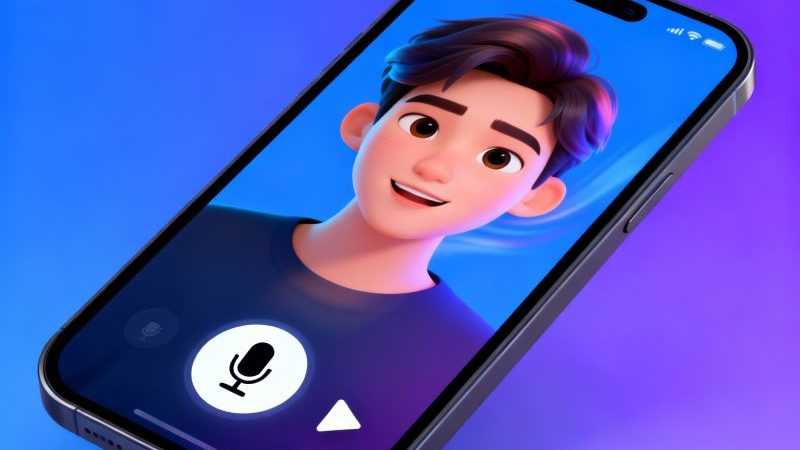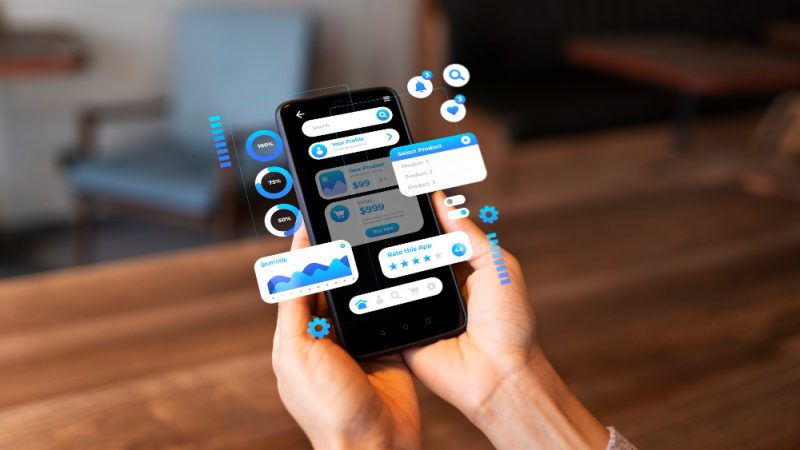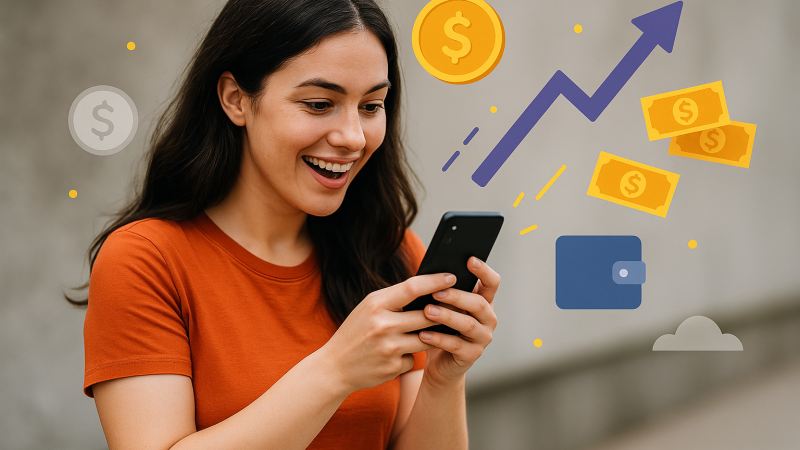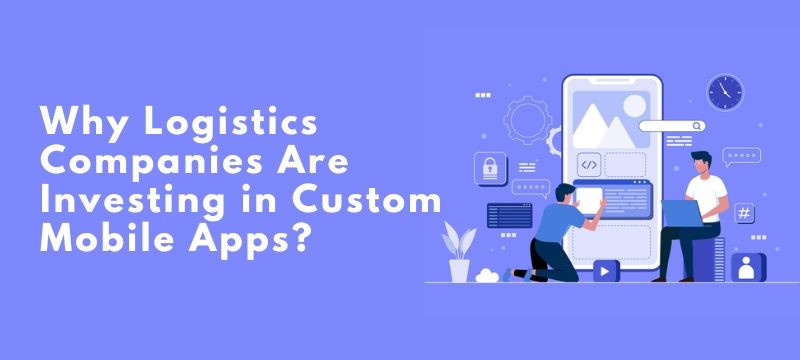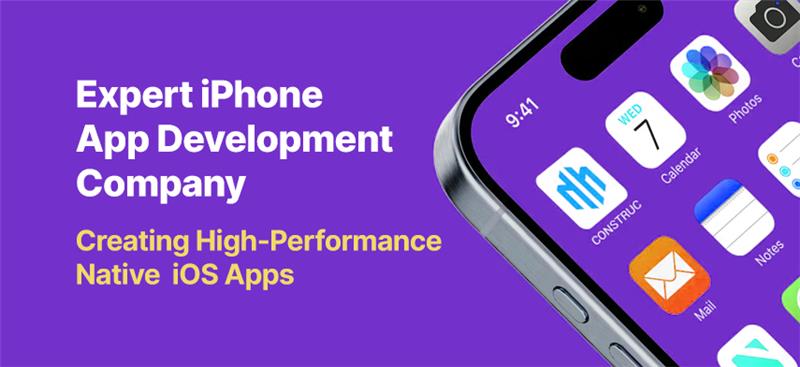The Exciting World Of App Developing Using Flutter
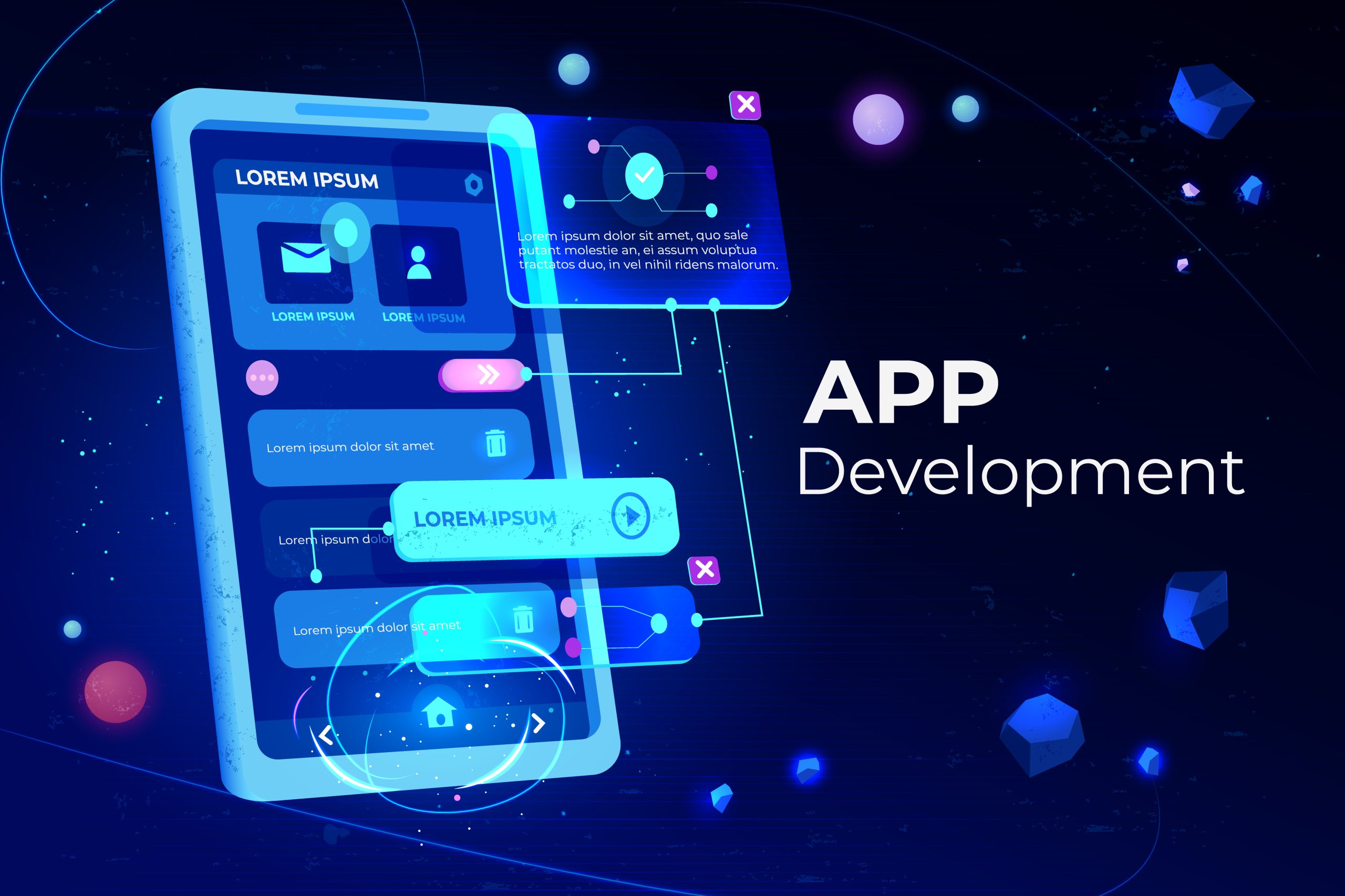
In today’s ever-changing world, practically everyone has a mobile device, making mobile apps a major part of our daily lives, and resulting in their production skyrocketing! For example, Australia has a very strong app market, one of the world’s top 20, with a revenue that has in just the last four years grown by $1 billion, and now boasting a 20 million person user base!
There are thousands of apps available today as well as the tools to make them. The tool we are excited about today is called Flutter, a Google-created mobile app development platform that enables a Flutter developer to make desktop, web, and cross-platform apps that are able to run on both Android and iOS devices. Flutter itself is based upon Dart, a reactive programming language that makes app development much faster and easier than many other methods currently in use.
If you are someone interested in app development and want to learn more about Flutter, let’s take a more detailed look into its amazing potential!
Flutter is a mobile app software development kit (SDK) that is useful for constructing high-fidelity, high-performance, and high-quality apps for Android and iOS mobile operating systems. The Flutter framework features extensive animation and graphics libraries that make it a much simpler process than ever before to build smooth and responsive to the touch user interfaces. The popular and easy-to-learn Dart programming language provides the base for Flutter, ensuring a high-speed development workflow that includes “hot reloading” a feature that enables you to make changes to the app you are working on without having to restart it, thus ensuring your code can be iterated in a very short time frame.
Flutter’s flexible and expressive built-in user interface (UI) is based on Google’s Material Design guidelines, allowing you to create cutting-edge apps. The apps are compiled to native code which allows for excellent performance on both major UIs. This native code is open source that allows completely free usage as well as enables you to be a contributor to the platform’s ongoing development. Google’s new Fuchsia operating system is also compatible with Flutter, allowing developers to create cross-platform apps.
Flutter apps use something called “widgets” as its basic building blocks, widgets being responsible for the apps functional elements as well as visual appearance. Widgets come in two types, Stateless Widgets and Stateful Widgets, both possessing an internal state with the ability to be changed over time which affects how the widget works as well as its appearance. Animation controller’s user input fields are common uses for Stateful Widgets. The Stateless Widgets do not have an internal state and are used to build visual components such as text and buttons.
The Dart programming language allows for the easy creation of both Stateless and Stateful Widgets. Some other useful Flutter development tools include the Flutter Inspector and the Dart Analyser, all of which work together to give you the power to develop fantastic apps quickly and easily!
Mobile apps are so popular now that even the Australian Government has one, click here for your myGov app! We hope this inspires you to give Flutter a try, you won’t be disappointed!

